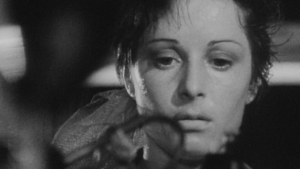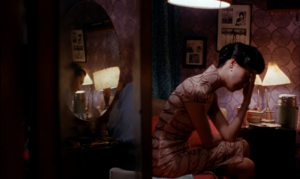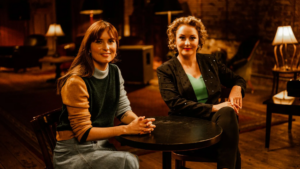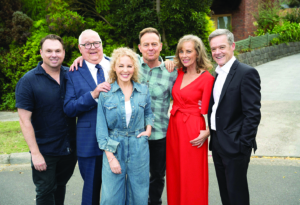In late July, Sydney’s Carriageworks hosted the two-day conference Video Junkee. Curated by the eponymous online media outlet, it was dedicated to understanding viral video in a variety of forms – from the basics of the listicle-like draws of BuzzFeed, all the way to incredible on-demand and broadcast-plus series like the ABC’s Cleverman.
Of particular interest about the event was its mixture of creative practitioners and keen audience members in attendance. Often, both were embodied in the one person – a great way to understand the complexity of the debate (as well as the immense hunger for the golden ticket: ‘How do I make this project actually work?’).
Over the course of the proceedings, a mixture of local and international viral titles and their creation contexts were covered. Keynote speakers Yael Stone (who stars in Orange Is the New Black) and Raphael Bob-Waksberg (who created BoJack Horseman) tackled international behemoths like Netflix and YouTube, while local artists discussed broadcast crossovers like ABC iview and SBS on Demand during the festival’s smaller sessions. Interestingly, the takeaway messages tended to be the same: a good idea, no matter what the platform, will find an audience – but, in turn, don’t get fooled into thinking that, just because the internet is flooded with content, all content will find a warm, safe home.
I especially enjoyed the ‘Women Aren’t Funny’ and Cleverman sessions as well as the talk by BuzzFeed producer Ashly Perez. In each case, there was a chance for specialists to spell out their journeys (often, ones that really involved them being keen fans as well as creators) and tales of trial-and-error before finally progressing. Perez’s story of first being ignored by BuzzFeed’s formal channels, only to eventually get their attention by writing a community post that was more successful than what the site’s professionals had put together, showed the importance of finding your voice and honing your craft before the industry will validate you. While it was somewhat upsetting to hear that she had to ‘do the work in order to prove she could do the work’, her case also demonstrates that innovation really does come from community, not from boardrooms. This is a model that may terrify the ‘old guard’ in broadcasting, but it’s one that is clearly working for Perez and BuzzFeed. The site’s development of viral videos – along with its focus on not just what appeals to audiences, but what they ‘do’ with a video when they share it – was also a revelation. Considering videos as a medium for connecting with people via social media – of sharing experiences, or simply to ‘feel less alone’ – provided a sense of optimism that is often lacking in discussions of new media.
During the (unfortunately named) ‘Women Aren’t Funny’ event, Australian comedians and creators from Skit Box, SketchShe and The Feed, alongside broadcaster and YouTuber Tanya Hennessy, discussed genre, audience and industry expectations. Compered by director/writer Claudia Pickering, this session initially affected a sense of listening in on some ‘secret business’ about gender and assumptions, but thankfully much of that was soon overtaken by nuts-and-bolts talk of production and creative process. The provocative title was unnecessary – as was the gender segregation, in many ways. But it did demonstrate how viral media can tend to pigeonhole creative work into ‘types’, with those who break such expectations receiving wild reactions. The wildly positive are, of course, what everyone wants, although the panel did offer some insights into how to deal with the wildly less positive, too. Hennessy’s tale of confronting a troll who was leading a Facebook page to have her fired from a radio job was particularly riveting – when she recounted how he responded with, ‘Oh, I never thought you’d even read this,’ there was an audible gasp from the audience. Clearly, the gap between how we connect in real life and what we assume is ‘a cloak of invisibility online’ (in her words) remains strong. In the end, Hennessy recalled, she won him over simply by reaching out with a calm but direct appeal to question his motivations. Brave, but so crazy it obviously worked.
The Cleverman panel came quite late in the program but was well worth the wait. Creator Ryan Griffen featured alongside production designer Jake Nash, producer Rosemary Blight and star Hunter Page-Lochard. While the panel certainly offered lots for the already-dedicated fan (and there were some wonderfully specific questions to out us during question time), it also proved to anyone still on the fence that this show, and its international release, is really a game-changer. Of course, the ABC TV broadcast is important, but by no means is it the main game. We found out that, technically, the show airs in the US first, and that audiences around the world – drawn in by great genre storytelling – are bringing their own expectations and energy to the production. If anything, it showed that the Australian industry really has lots to learn about promoting and celebrating its own diversity.





